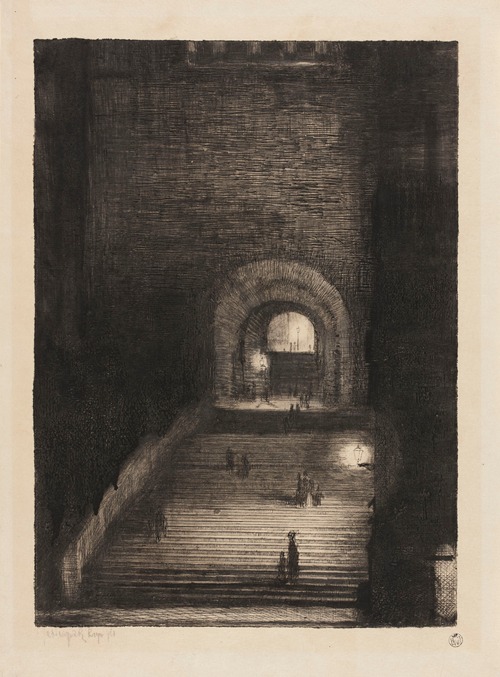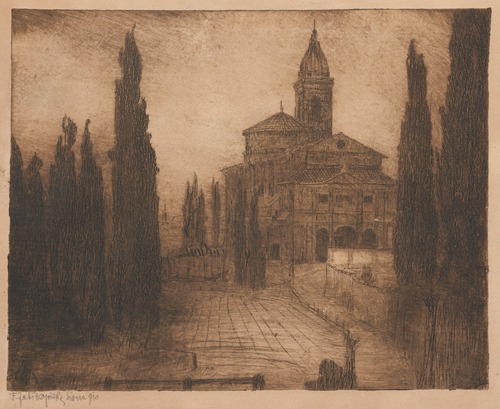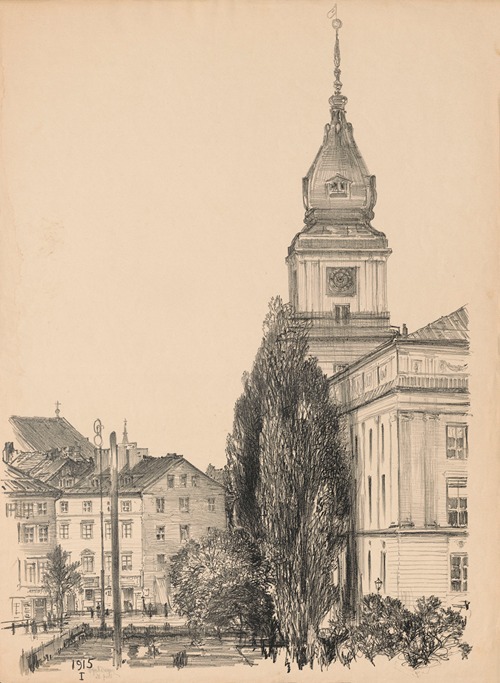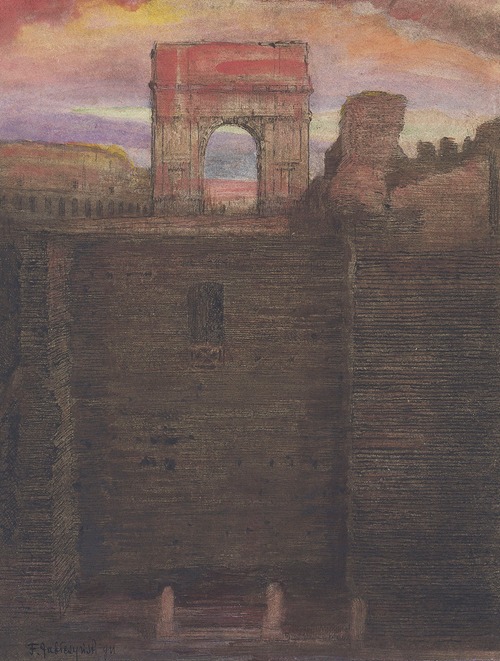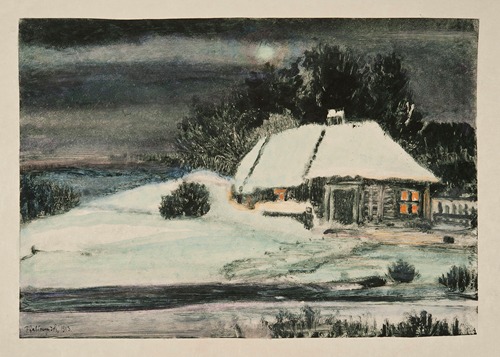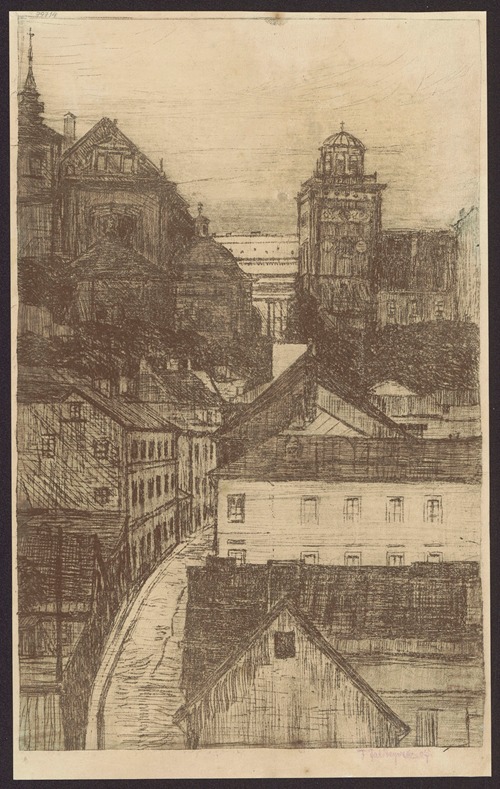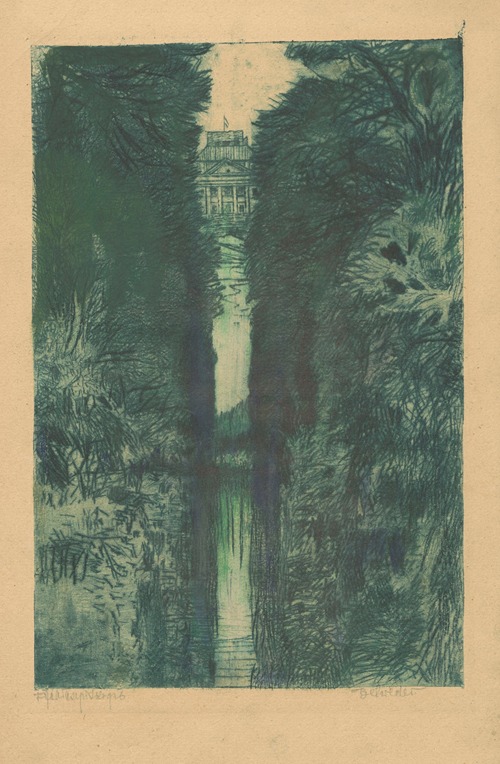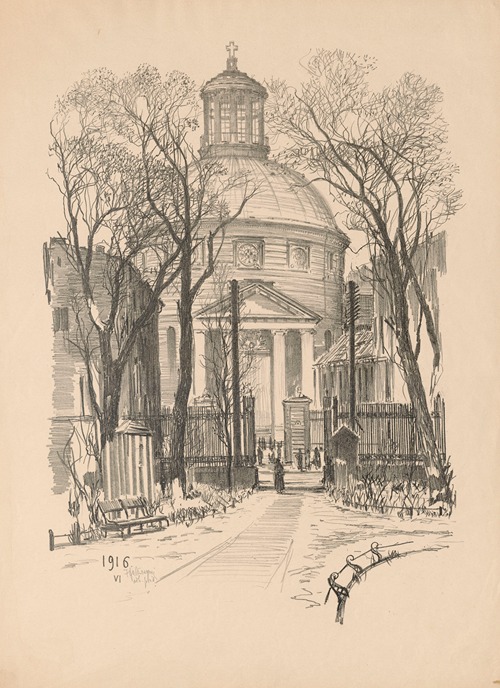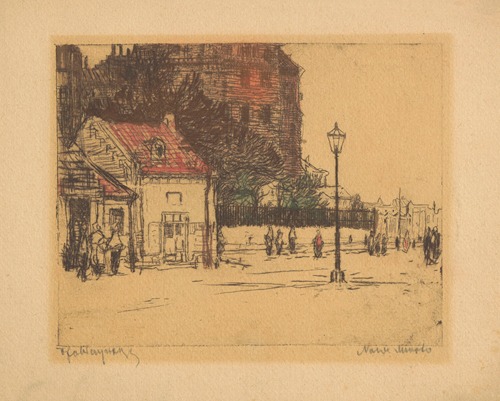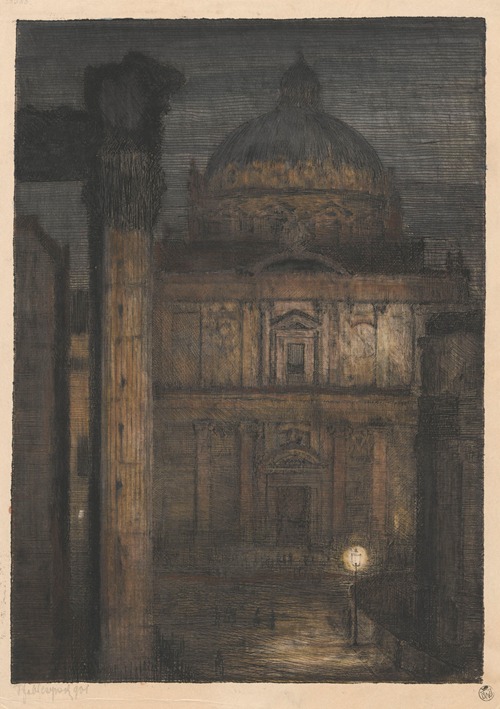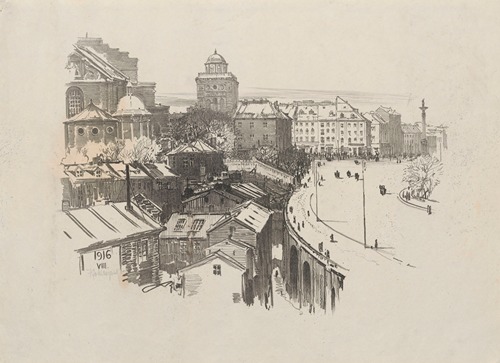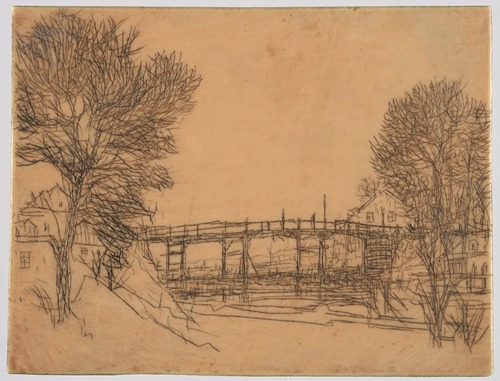
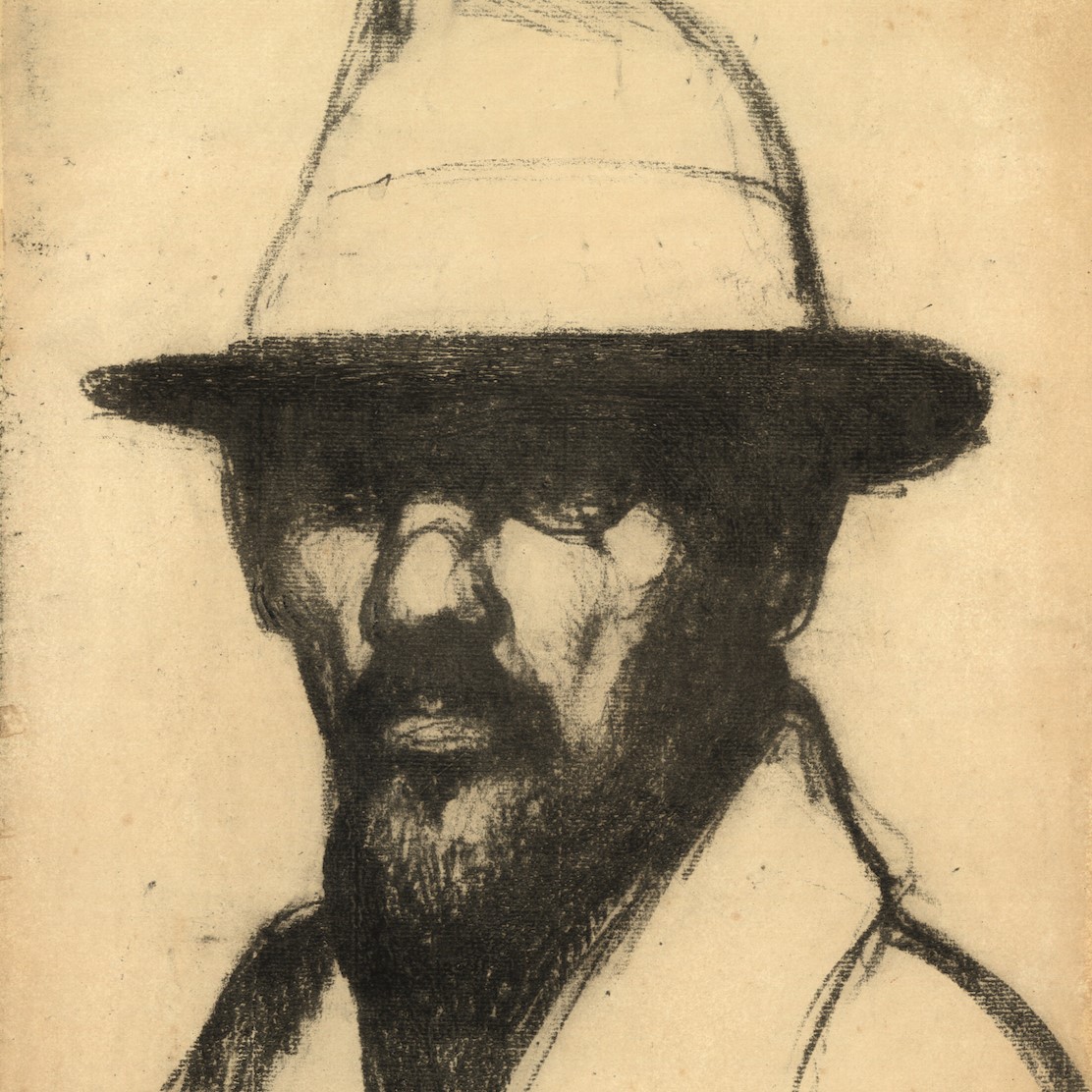
Feliks Jabłczyński was a Polish chemist, graphic artist, painter, and writer.
He studied in Dorpat. He was a member of the “Sztuka” association. He wrote short stories and novels characterized by decomposition and chaos. Sometimes his work resembles the stream of consciousness method. He dealt with existential issues.
He was involved in painting. In 1891, he exhibited the first symbolic painting in Poland (Sleeping Beauty). He was musically gifted. In 1893, he traveled with Józef Pankiewicz to northern Italy. In 1902–1903, he visited the region for the second time. He became interested in graphic art in 1907, when Hieronim Wilder commissioned him to create an ex-libris. A ban on owning a printing press forced him to look for his own methods of making prints. The artist began to use oilcloth and cardboard as printing forms and a wringer as a press, eventually inventing ceratoryt and ziarnoryt (cardboard sprinkled with sand hardened with putty, an idea of Jabłczyński).
His works mainly depicted Italian and Polish architecture, and he was particularly fond of immortalizing Warsaw. These were not traditional cityscapes, but representations imbued with a mysterious aura and filled with elements of fantasy. The artist spent the years 1909–1911 in Paris, where he continued his graphic work. He also patented a new type of pastel with the addition of petroleum jelly. After a short visit to Warsaw, he returned to Paris, where he lived until 1913. He later moved permanently to Warsaw.
